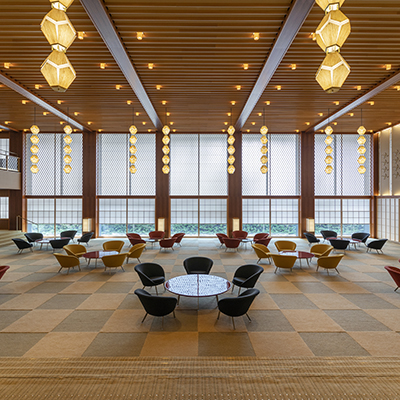August 8, 2025
Japan’s Population Sees Sharpest Decline on Record, Offset by Historic Rise in Foreign Residents
Natural population decrease accelerates, while foreign residents surpass 3.5 million for the first time

Record Population Decline Continues for 16th Consecutive Year
On August 6, Japan’s Ministry of Internal Affairs and Communications announced its annual population data based on the Basic Resident Register. As of January 1, 2025, Japan's population was 120,653,227, a decrease of 908,574 from the previous year. This marks the 16th straight year of decline and the biggest annual drop since records started in 1968.Japan's population has now decreased by more than 6.42 million since its 2009 peak, highlighting the growing impact of a rapidly aging society and declining birthrate. In 2024, the number of deaths reached an all-time high of 1,599,850, while births hit a record low of 687,689, emphasizing the widening gap known as "natural attrition."
Foreign Population Rises to Record High
In contrast to Japan's declining population, the number of foreign residents increased by 11% to 3,677,463, adding 354,089 people. This is the first time the foreign population has exceeded 3.5 million and marks the largest growth since records started in 2013.With this increase, foreign nationals now make up 2.96% of the total population, which includes both Japanese and non-Japanese residents (totaling 124,330,690). This represents a 0.3-point rise from the previous year.
Tokyo and Chiba Experience Population Growth
Among Japan’s 47 prefectures, only Tokyo and Chiba saw overall population increases. Notably, the foreign population grew in every prefecture for the second consecutive year. Tokyo experienced the largest rise, with 73,807 more foreign residents, totaling 721,223—making up 5.15% of the city's population. Osaka Prefecture followed with an increase of 31,549, and Saitama Prefecture added 27,422.Foreign Workers Strengthen Japan’s Workforce
Last year, Japan’s working-age population dropped by 505,950, but the number of foreign residents in that age group increased by 321,823. Notably, 85.8% of foreign residents are within this age range.Foreign workers have become crucial for supporting local industries, especially in rural areas. In Imabari City of Ehime Prefecture, a center for shipbuilding, Shin Kurushima Dockyard President Katsuji Mori said, “Without foreign workers, we would not be able to maintain shipyard operations.”
Rising Concerns Amid Growing Diversity
While the increase in foreign residents provides much-needed support to Japan’s labor force, it has also caused social tensions in some areas. In Kawaguchi City, Saitama Prefecture, foreign nationals now make up 7.9% of the population. Recently, the city has reported a rise in crimes and traffic violations involving foreign residents, raising worries among local communities.Japan faces a demographic crossroads. As the native population continues to decline rapidly, the increase in foreign residents is helping to stabilize the workforce and maintain regional economies. However, the growing diversity also emphasizes the need for stronger integration efforts and community involvement to promote mutual understanding in an evolving society.








